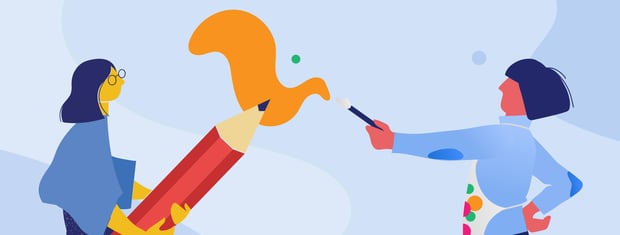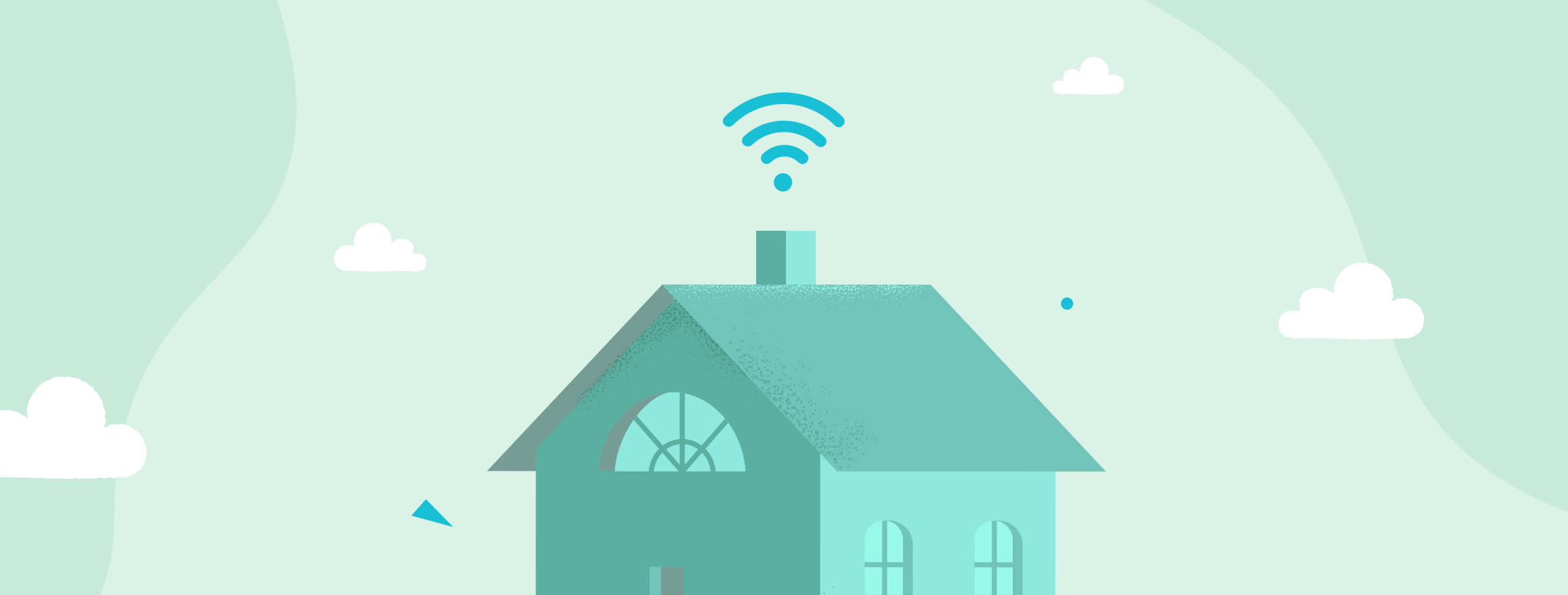In the wake of COVID, major news outlets began focusing on the “digital divide,” the gap between those who have access to digital technology and those who do not. But Effingham Public Library (EPL), which serves around 12,000 patrons in Illinois, has been contending with the digital divide for years. Many EPL patrons don’t have access to broadband internet at home, which is common in rural communities—according to the USDA more than 20% of Americans in rural areas live without internet. “Our population is spread out, and many people live in the country,” says Lisa Hutson, Programming and Reference Coordinator at EPL. “For some patrons, internet service is spotty, or too slow. For others, cost is the issue. It may cost so much to get internet where they live that they choose to go without.”
Like many rural libraries in the U.S., EPL is facing a unique dilemma: how do you offer patrons the latest digital tools and technology when many users can’t access those services at home? The answer to that question is complex and multi-faceted—but for Hutson and the EPL team, mobile applications have become a pivotal part of the solution.
Mobile Apps Bridge the Gap
EPL runs three major reading programs throughout the year. Seasonally, they offer an annual Summer Read during school break and a Winter Read every January. They also run a year-long program called “1000 Books Before Kindergarten,” which rewards young readers for completing 1000 books before they begin school. In the past, EPL relied on paper logs for these programs, which provided less data for staff and was inconvenient for patrons unable to regularly visit the library. In 2018, the library decided to modernize by switching to Beanstack, an app that allows readers and parents to participate in reading challenges online.
Initially, some patrons were worried about accessing their digital reading log without access to the internet at home. But, Hutson reports, the Beanstack mobile app has alleviated virtually all of their concerns. “Almost all of our patrons have a mobile phone and have decent access to service at different times during the day, even if they don’t have internet at home,” Hutson says. “That means that with the Beanstack mobile app, even our most rural users can log their reading digitally.”
To promote the Beanstack app, Hutson and her team provide parents and patrons with a short tutorial whenever they sign up for a reading program. They help patrons log in, and highlight the features of the app, including the ability to log reading for multiple children in one household on one account. “Our patrons and staff love the Beanstack app because it’s easy to use,” Hutson says. “It saves everyone time, and you can record your reading on your phone wherever you are.”
Hutson and the EPL team have also designated a specific computer in the library to log reading for parents and patrons in need. As a backup, paper logs are still provided for families who prefer to stay analog. But for most people, Hutson notes, the mobile app is the most appealing option. “In the past year, I’ve helped significantly more people download the mobile app than use the desktop app,” she reports. EPL’s data also proves that patrons love the mobile app; during their 2021 summer reading challenge an impressive 80% of mobile users logged at least once, and 35% of mobile users logged eight or more times. That’s a substantial jump from EPL’s numbers in 2019 and 2020, when only about 22% of mobile users logged that often.

Staying Connected With Creative Programming
In the last year alone, EPL’s number of active readers on the Beanstack app has grown by 14%—likely because patrons were looking for ways to connect virtually with the library during Covid. But Beanstack isn’t the only way EPL is connecting with patrons online. During the pandemic, the library opened their parking lot as a wireless hotspot for users without broadband at home, and they also offered curbside book pick-up. One of their most creative programs was “EPL Picks for You,” which gave readers the opportunity to discover new books even though they couldn’t browse the shelves. Patrons would fill out a Google form with some favorite titles and genres and their age range, and the EPL staff would pick a few books from the stacks that fit their specifications. The program became so popular that the library is keeping it, even though patrons can now come in and explore on their own.
Throughout the pandemic, Hutson has found that with flexibility, creativity, and the right tools at your disposal, you can still connect with patrons—even if they don’t have internet at home. “The library is a lifeline to the digital world for so many people in our community,” she said. “Finding creative ways to help them access those tools is a huge part of what we do every day.”
Reaching Rural Patrons
For rural libraries looking to cross the digital divide and keep all their patrons connected, Hutson has three tips. First, she says, you need to know what other community and government programs are out there. “Libraries should know what resources are available in their communities to augment their programs, and should help patrons get connected,” Hutson says. Second, libraries should be adaptable. For example, EPL continues to offer paper reading logs because some families need them—and that’s okay. Hutson’s team uses the free graphics from Beanstack to create paper logs so all readers can feel included, even if they can’t go online.
Finally, Hutson says, libraries should spread the word about mobile applications. “Not everyone has broadband,” Hutson says, “but almost everyone has a cellphone they can use to stay connected to library programs. We tell everyone we see about our mobile apps because people often don’t know they’re an option—and these apps can totally transform how patrons use our services.”


